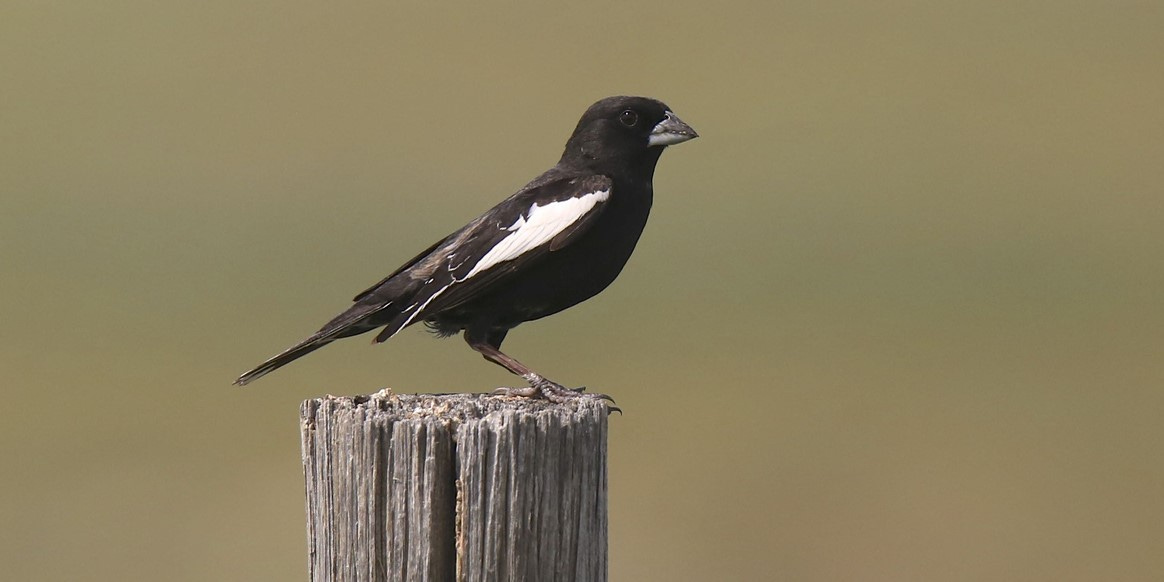Rocky Mountain Columbine

The Rocky Mountain Columbine (Aquilegia caerulea) was designated the official state flower of Colorado in 1899 after winning the vote of Colorado’s school children (of the 22,316 votes cast, 14,472 went to the Rocky Mountain Columbine). There are 70 species of columbines worldwide and about one third of those are native to North America. Colorado specifies the Rocky Mountain Columbine which was discovered in 1820 on Pike’s Peak by mountain climber Edwin James. It has blue-violet petals and spurs, a white cup and a yellow center. Colorado sees these colors as symbolic: blue for the sky, white representing snow, and yellow is a nod to Colorado’s gold mining history.
For generations Native Americans have used the Columbine as a herbal remedy to treat ailments from fever to heart tension and even poison ivy pain with Columbine-infused tea.
The Rocky Mountain species of columbine was threatened by collectors who wanted to uproot the plant in the wild to replant in their gardens. In 1925, the Colorado General Assembly passed a law to make it illegal to uproot the plant on public lands and that the gathering of blossoms is limited to 25 in one day. Columbine blossoms may not be picked on private lands without the consent of the landowner.
Lark Bunting
In 1931, the Colorado state legislature had a debate over which species of bird to choose as its state symbol. Most states held a student ballot which Colorado did, but they didn’t like what the students chose so they instead held a competition between the top three – the Western Meadowlark, Mountain Bluebird and Lark Bunting. Many states share their state bird with other states, but Colorado wanted to be unique, so they chose the Lark Bunting. The Western Meadowlark represents six states and the Mountain Bluebird two states.
The Lark Bunting can only be found in Colorado’s Eastern Plains and is neither a lark nor a bunting but is, instead, a sparrow. Like many human snowbirds, the Lark Bunting migrates in the winter and spends its winters in Arizona, Texas, and northern Mexico. It arrives in Colorado in April, spends the summer on the plains and at elevations up to 8000 feet before flying south in September.
The Lark Bunting, even though they aren’t larks, have “lark” behavior. Because the plains lack trees for perching, the breeding males sing “on the wing”. Other grassland birds that “lark” are Longspurs, Horned Larks, Cassin’s Sparrows, and Meadowlarks.
Though still common, numbers of Lark Buntings (like other grassland birds) have declined. Between 1966 and 2003 the average population decrease in Colorado was 2.5% per year.

Four Corner States
I found it interesting researching the history and reasons why each of the Four Corner states chose their state flower and bird. If you didn’t read about all four of the states, you can check my previous posts.
Some of my upcoming posts will discuss North America’s Four Deserts and Native Peoples of the Four Corners Region. I’m also gathering my photos and information that I acquired during time spent in Los Alamos, New Mexico. Most of you may know that Los Alamos was the birthplace of the atomic bomb. With the upcoming movie, Oppenheimer (father of the atomic bomb) due to be released next month, I think it’s a great time to take a look at that beautiful area.
As always, if you’re not already subscribed to this newsletter please do! And please share with your friends.






